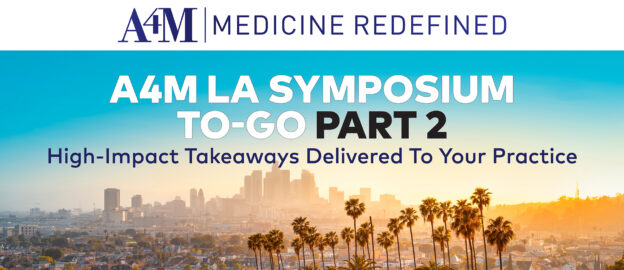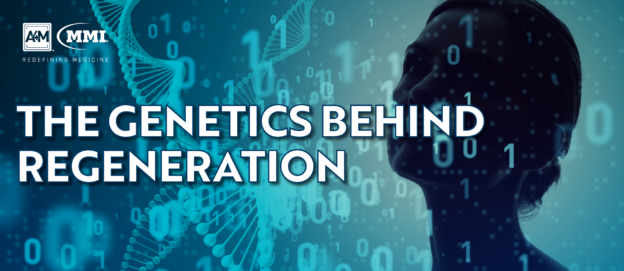(Part 2)
The buzz of excitement from the A4M September Symposium in Los Angeles is still in the air and rippling through our practices, inspiring new approaches and refining existing ones. As we continue to process and apply the vast array of clinical pearls presented, we’re excited to share the second installment of our Symposium To-Go series.
Rounding out essential lessons learned at the event, these practical takeaways offer a valuable window into the latest advancements in integrative and anti-aging medicine, including even more developments in endocrine system optimization and functional fertility interventions. Synthesized from hours of detailed presentations by expert practitioner-educators, the insights below are designed to provide immediately applicable information and timely expertise.



